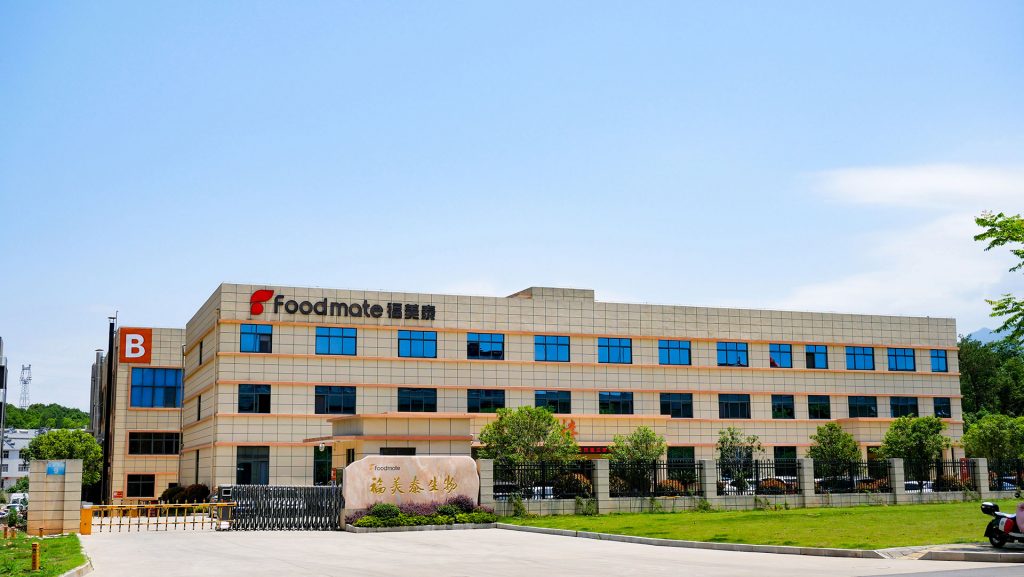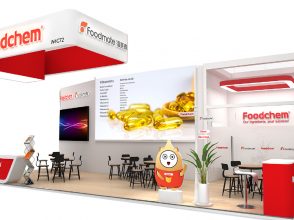When you bite into a chewy gummy candy, have you ever wondered what gives it that delightful elasticity? The secret lies in gelatin, the star ingredient that creates the iconic texture and structure of these treats.
What Is Gelatin?
Gelatin is a natural protein derived from the partial hydrolysis of collagen found in animal skins, bones, cartilage, ligaments, and connective tissues. Composed of over 82% protein, it contains nearly all essential amino acids (except tryptophan) and serves as a valuable source of collagen for the human body. Notably fat-free and cholesterol-free, gelatin is both a nutritious supplement and a versatile food additive.

1. Production Methods
Gelatin is primarily produced through three methods: alkaline, acid, and enzymatic processes. Traditional alkaline and acid methods involve longer production cycles (around 15 days) and generate higher environmental pollution. In contrast, enzymatic methods are increasingly favored in food and pharmaceutical industries due to their lower cost, enhanced safety, and eco-friendliness.
- Enzymatic Process:
- Method 1: Crushed collagen (from bones or skins) is treated with enzymes, stirred in an acidic solution to dissolve collagen, neutralized to its isoelectric point, and heated to form gelatin.
- Method 2 (Enzyme-Assisted Alkaline Process): Enzymes replace limewater in traditional alkaline methods, streamlining production, particularly for bone gelatin.
- General Workflow: Raw material pretreatment → enzymatic hydrolysis → enzyme deactivation → gelatin extraction → purification → final product.
2. Gel Strength (Bloom Value)
In food science, gelatin’s "elastic power" is quantified by its Bloom Value, which measures gel strength. This critical parameter determines its performance in gummies:
- High Bloom (150–250): Creates firm, elastic textures ideal for gummy candies.
- Low Bloom: Yields softer gels that melt more easily.
3. Key Functional Properties in Gummies
- Gelation: Forms a thermoreversible gel network when cooled, delivering the signature chewiness and bounce.
- Water Retention: Traps moisture to prevent hardening and extend shelf life.
- Crystallization Inhibition: Maintains smooth textures by preventing sugar recrystallization.
- Optical Clarity: Produces glossy, translucent candies with appealing visual appeal.
- Flavor Release: Slowly releases flavors and acids for a prolonged, layered taste experience.
Five Roles of Gelatin in Gummy Production
- Texture Mastery
Balances elasticity and tenderness, while synergizing with starch or pectin to adjust firmness.
- Structural Stability
Maintains shape integrity, prevents sticking, and supports fillings like fruit or yogurt centers.
- Moisture & Flavor Lock
Gel networks retain water and ensure even distribution of colors and flavors
- Health Benefits
Delivers collagen-building amino acids (e.g., glycine, proline) with minimal calories.
- Processing Advantages
Melts near body temperature (35–40°C), ensuring smooth integration with other ingredients.
Conclusion
From classic gummy bears to modern functional snacks, gelatin remains the irreplaceable "skeletal backbone" of chewy confections. As food technology evolves, this "elastic heart" continues to innovate, unlocking endless possibilities for delicious and nutritious creations.








